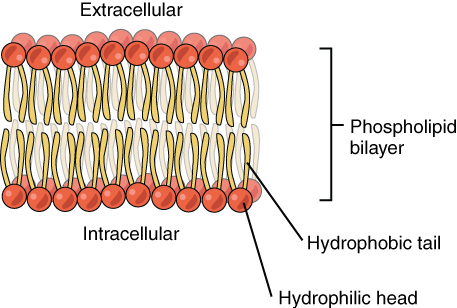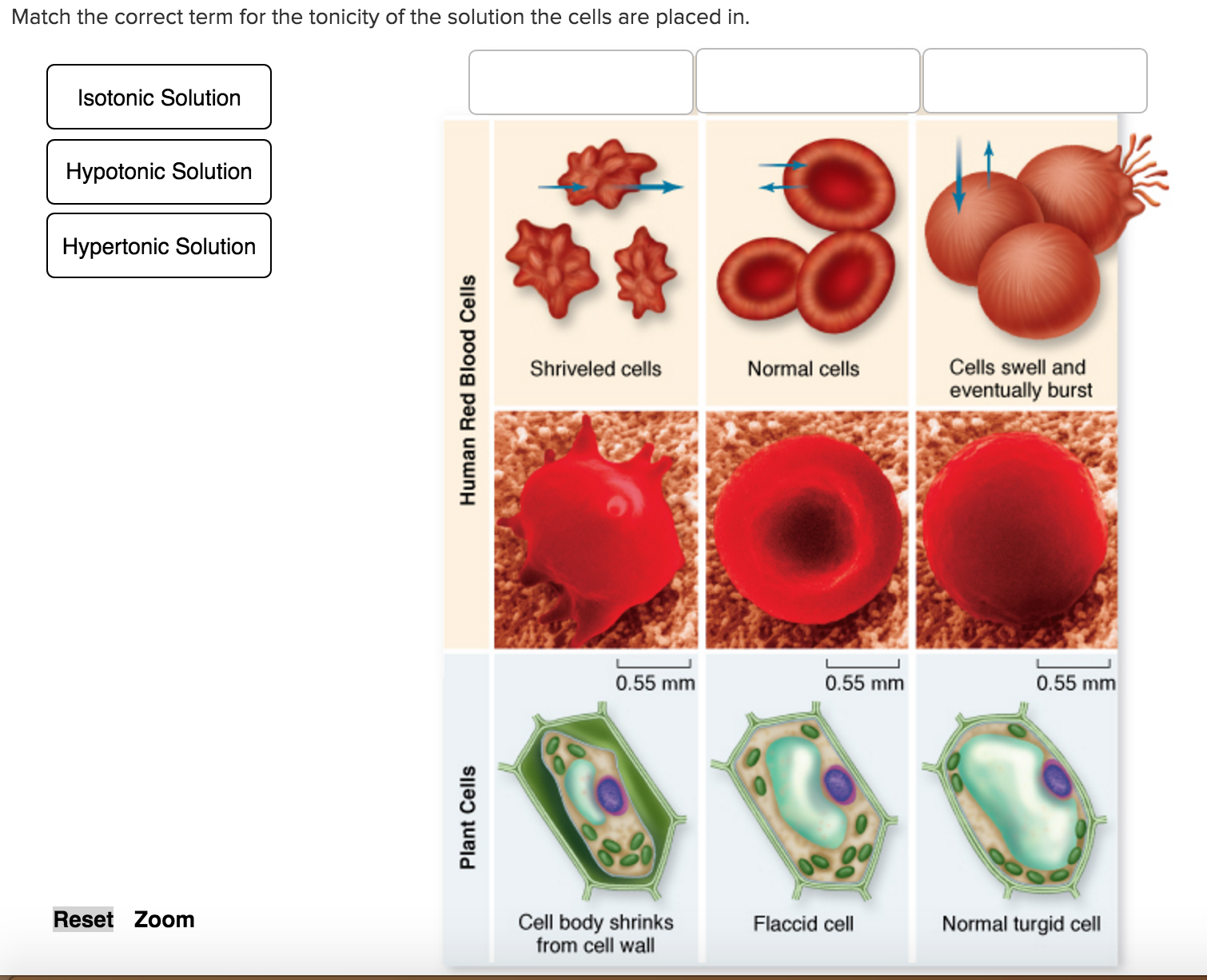What characteristic makes a cell membrane selectively permeable?
2 Answers
Cells are selectively permeable due to the presence of Phospolipid Bilayer.
Explanation:
Cell membrane is selectively permeable (Semi-permeability- only let in some molecules inside the cell) because of its structure. Phospolipid bilayer, with some protein, is what makes the cell membrane selectively http://permeable.
Cell membrane is made up of two sheets of phospolipid. The phospolipid has a hydrophilic head and a hydrophobic tail. This allows smaller molecules and water molecules to go freely in and out of the cell through a process called passive transport.  )
)
Presence of embedded globular proteins helps regulate larger molecules which are needed by the cell to pass through the semi-permeable membrane through a process called active transport. Active transport uses energy to transfer molecules in and out of the cell while passive transfer doesn't.
The gradient of concentration (or the value of concentration itself) inside the cell is called http://tonicity.!
For more info:
It's a fluid mosiac with porins that allow some things in, but does not allow larger things to go through.
Explanation:
The fluid mosaic model says the membrane is movable. The phospholipid heads block very large objects from coming in. Some very tiny things can slip through. The membrane is not rigid, as the heads can move around. The composition is constantly re-arranging and some heads rotate or flip to different membrane components with the aid of flippases.
The mosaic comes from the fact that this little sea of lipid heads can contain other things. There is also larger transport protiens embedded in the membrane. They can be beta b barrels whose hydrophobic insides can transport certain material, or pumps that are manually controlled by ligands in the cell.
The TL:DR answer, is it is a fluid mosiac model


